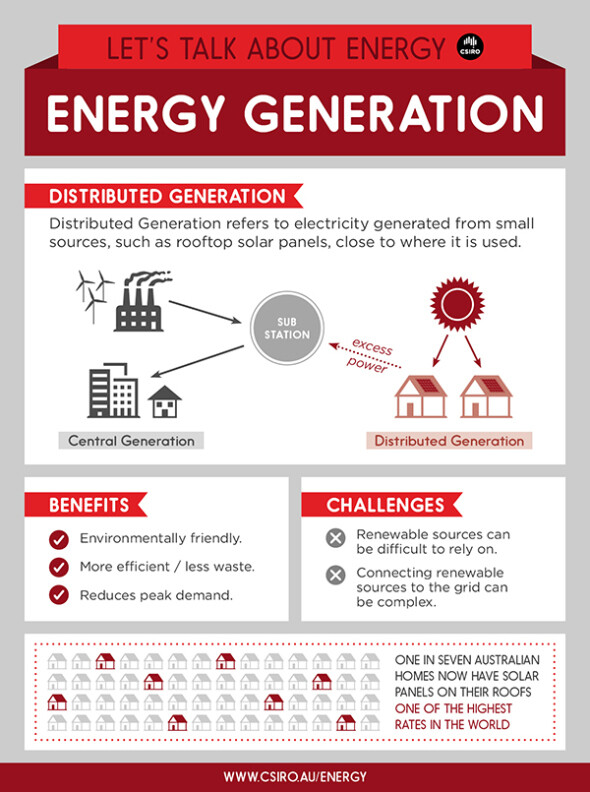The record high temperatures that parts of Australia has witnessed since the arrival of the new year have been a hot topic in the news, with temperatures coming close to 50C in parts of outback South Australia. Although not as extreme, most of the rest of the country was also subjected to extended, extreme temperatures. It is during such periods of hot weather that air conditioning conditioning usage typically soars, requiring more power plants to be switched online to meet demand.
According to Dr Glenn Platt of the CSIRO, who was recently interviewed in the Canberra Times, around 75% of Australian homes have AC units. With electricity demand in Australia typically peaking in the hotter summer months, the widespread uptake of these devices in the past few decades has put pressure on utilities to build electricity generation and transmission infrastructure to keep up with rising peak demand. Failure for electricity supply to meet demand can result in blackouts. Just about 1 year ago, over 8,500 ACT homes and businesses lost power during a heatwave, although local utility ActewAGL attributed the loss of power to high winds.
Infrastructure upgrades can be costly, and indeed these make up the majority of the price hikes that Australian electricity consumers have seen in recent years. Some plants that are built to meet peak demand (usually gas-fired, known as ‘peaking plants’) are dispatched only on days where electricity demand is unusually high, lying idle for much of the rest of the year. The nature of the Australian electricity market (the National Electricity Market or NEM) means that the electricity generated by these plants is significantly more expensive than power generated by base-load power plants–mainly coal and gas plants–and can push up electricity prices for all electricity consumers. There has been a vocal contingent within Australia, especially among proponents of renewable energy, who argue that the nation must find ways to reduce peak demand, rather than continually build more plants. “The gaps between the really big consuming days and the rest of the time is growing and that’s a big problem for how we design and run our electricity system,” Dr Platt says.

Instead, as he suggests in the Canberra Times article, distributed solar PV and other distributed energy technologies, combined with demand management strategies, are a potentially more efficient option than building larger power stations to meet peak demand. This is a sentiment echoed by renewable energy campaigners Beyond Zero Emissions as well as a team from the Institute of Environmental Studies at University of New South Wales who last year published a paper on the topic (pdf). Both groups have undertaken research in which they incorporated rooftop solar PV into models of Australia’s electricity market and found that it could flatten the demand curve–which typically peaks in late afternoon. The Australian Energy Market Operator has similarly concluded that solar PV would be vital in a 100% renewable Australia. If more homes and businesses were equipped with their own generation units or other means of reducing the amount of electricity they draw from the grid, the argument goes, the amount of electricity that they would require to continue operating would not need to come from the electricity grid.
The CSIRO has published an engaging and read-worthy article on this topic called ‘When all the air conditioners run at once‘. The article, backed up by research that the organisation has undertaken about distributed generation and air conditioning, points out that use of AC units en mass leads to inequity among those who pay electricity bills–the ones who do not have AC units effectively cross-subsidise those who do. Rooftop solar systems can potentially reduce peak demand and therefore potentially bring down electricity prices even for those who do not own them.
The perspective put forward by the CSIRO is nevertheless in contrast with the current arguments being made by Prime Minister Tony Abbott, who recently said that renewable energy support schemes were causing ‘significant price pressures‘ on retail electricity prices.
© 2014 Solar Choice Pty Ltd
- Solar Power Wagga Wagga, NSW – Compare outputs, returns and installers - 13 March, 2025
- Monocrystalline vs Polycrystalline Solar Panels: Busting Myths - 11 November, 2024
- Solar Hot Water System: Everything You Need to Know - 27 February, 2024